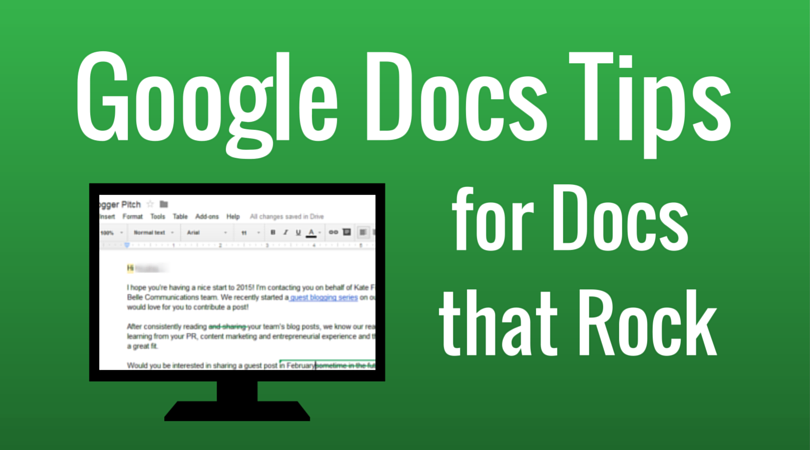
For web results, you can “cite as footnote” and the Explore tool allows you to change citation format (MLA, APA, Chicago). You then can add or insert those results you like for reference. Just type a keyword in the search box, alternatively, you can highlight a few words in your document, right click and select “Explore ‘(highlighted words)'”, then you’ll see a list of resources showing up. You can access the feature via Tools > Explore, or click the Explore icon at the bottom right of any documents. Courtesy to SoftwareHow for this fantastic tip.įor those who don’t know, back in September, the official Google Docs blog announced several updates, one of which was the old Research tool being replaced by Explore. Double-click to open it, and you’ll see a folder called “Images.” Yep, all images should be there.
#HOW TO USE GOOGLE DOCS ZIP FILE#
On the menu, select File > Download as > Web page (.html, zipped), a zip file will be downloaded. But there is still a way to get this done a lot quicker. So if you want to reuse lots of images in a Google document, it can be cumbersome to extract them one by one. ĭespite being the most powerful online word processor, Google Docs doesn’t make it easy for users to directly save images embedded in the content (nope, copy and paste doesn’t work in most cases).
#HOW TO USE GOOGLE DOCS OFFLINE#
Note: offline access is only available in Chrome web browser, according to Google. To enable offline mode, all you have to do is check this option (see the screenshot above) and click Done to continue. How many times you are working on a Google document and you can’t type anymore because it says there is no Internet connection? What if you can still create, edit or view files even if you aren’t connected? Introducing offline mode-a feature that allows you to save a copy of your edited documents on your computer and sync when you are back online. This feature is often overlooked but isn’t exactly hidden. You can preview a template or use it directly, and it will open as a new file in Google Docs. In fact, there are hundreds of beautiful templates here for you to choose from. Why start from scratch when you could use a well-designed template? Whether you want to use Google Docs to draft your course syllabus, design a student certificate, formalize teaching notes, or plan a project for students, it’s almost for sure you can find a template for that.

Even though they might not be on your radar, take a look. These functionalities are built into Google Docs, and they are fantastic. Over the years, I’ve gotten to learn about some pretty sweet features that have made my life as a teacher easier. You’ve probably even been using pieces of it for years! But there’s a lot more to it than just sharing documents and having an easy, cloud-based solution for your classroom. As a teacher, you probably know about Google Docs.


 0 kommentar(er)
0 kommentar(er)
